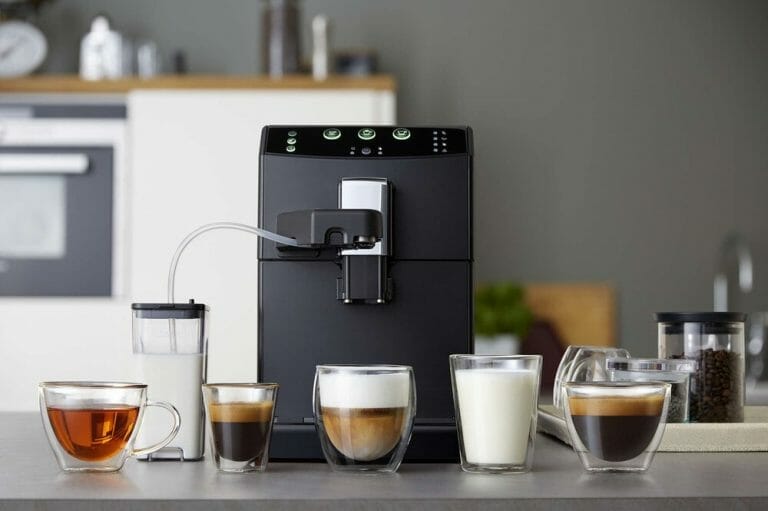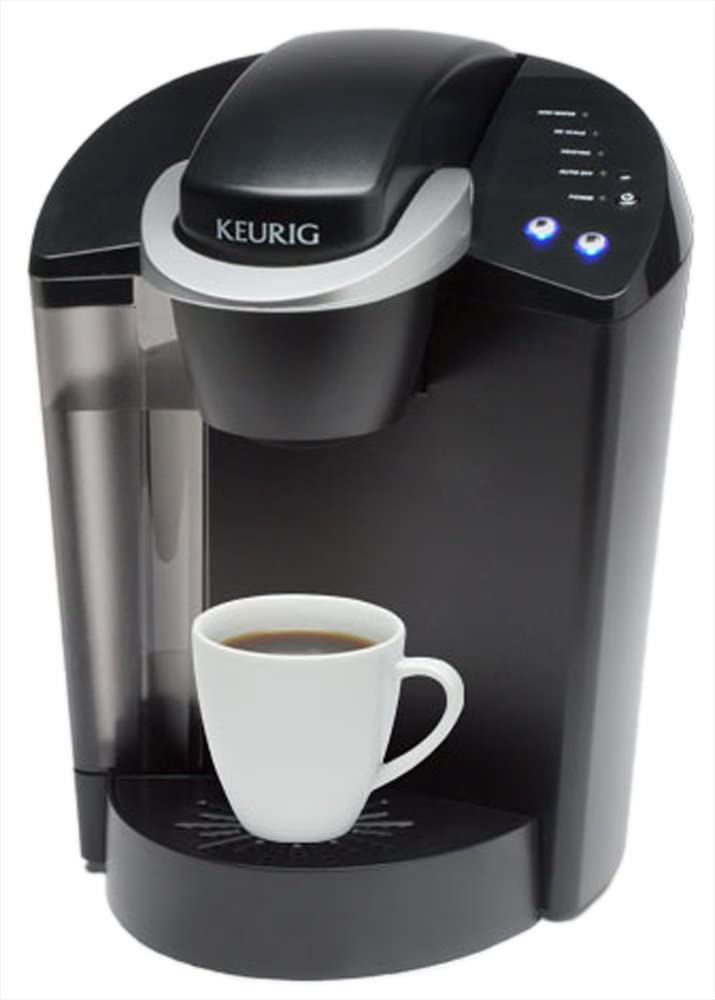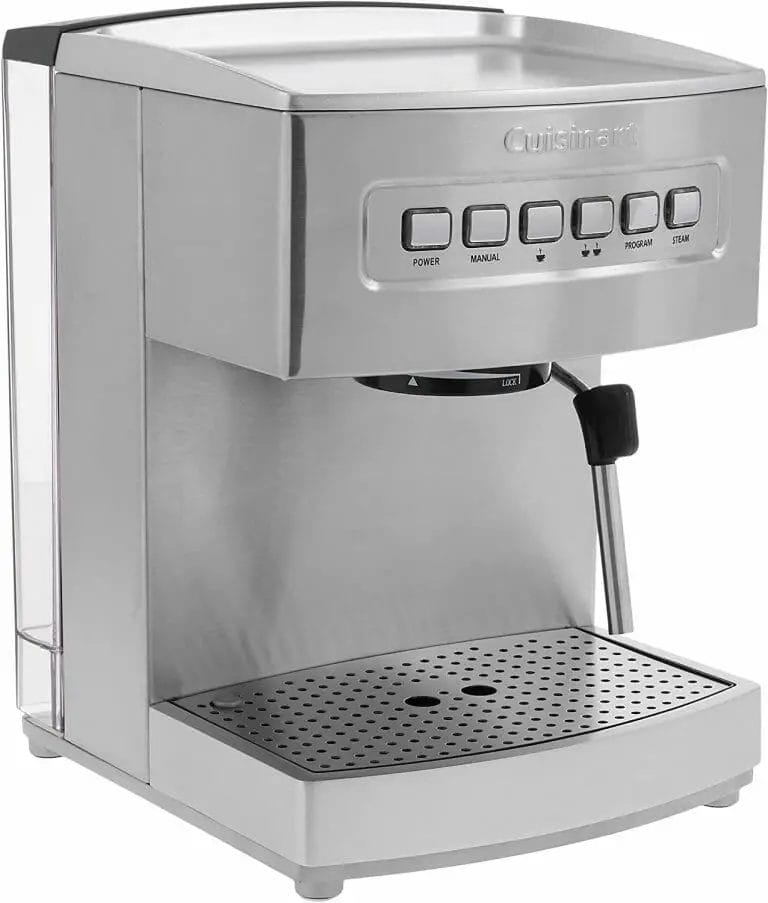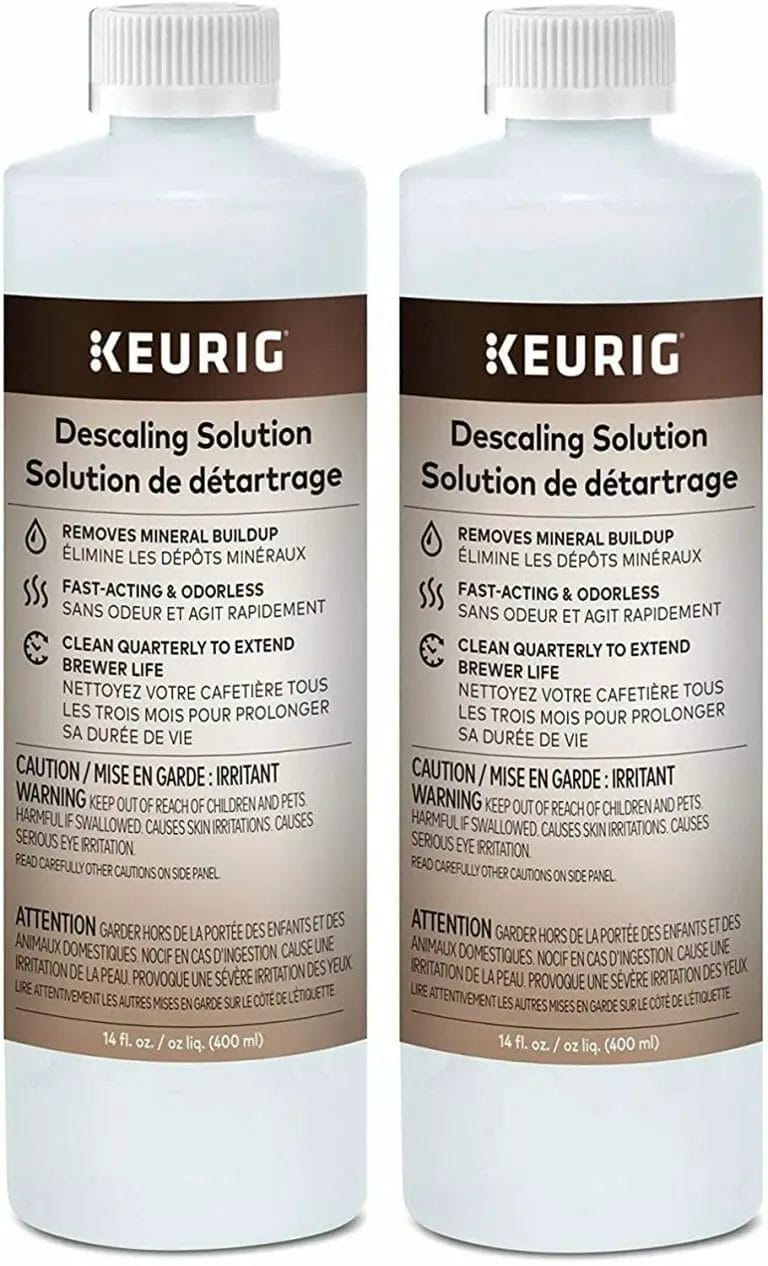How To Clean & Descale DeLonghi Espresso Machine: How often To Descale

If you’re an avid coffee drinker, you know what it is to own a DeLonghi espresso machine.
The DeLonghi company has been designing and manufacturing industrial-grade products for over 75 years.
If you own one and have been using it for some time, then you need to know all its usability like its cleaning procedure.
In case you’re facing issues in cleaning the machine, you don’t need to worry. The steps are quite easy; all you need to do is follow these specific instructions and your DeLonghi espresso machine is clean and shiny.
It is also called a pump espresso machine, and is a very ingenious invention. They are easy to maintain and combine both drip and espresso brewing technology in one.
How To Clean & Descale DeLonghi Espresso Machine?
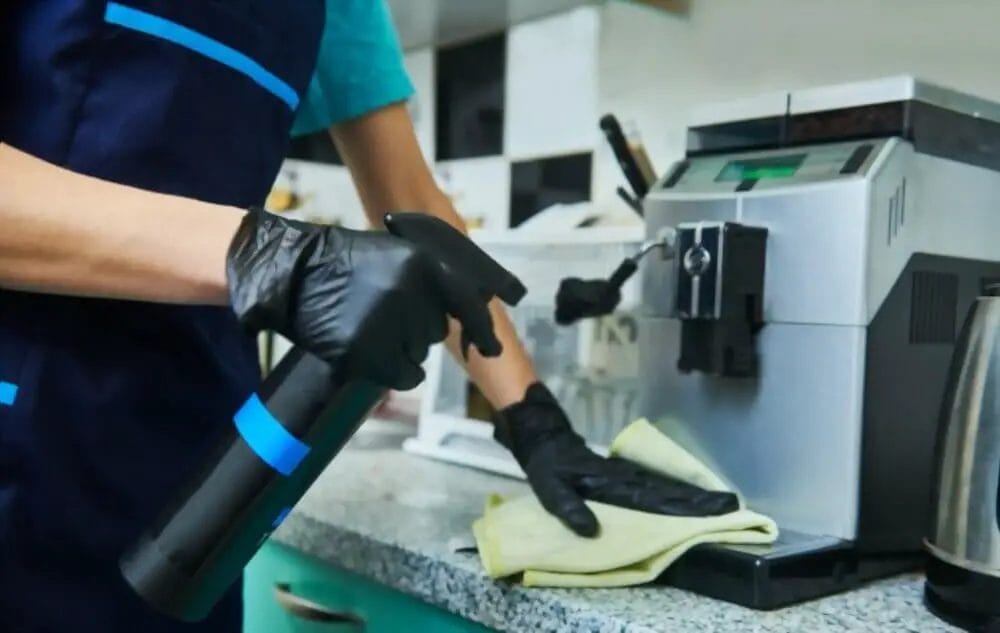
To make the most of your machine and to ensure that you don’t face any problems in the future with your coffee maker, it is a good idea to clean your DeLonghi espresso machine on a regular basis.
After every brewing process, you need to descale the coffee maker. Doing so will keep your machine running in tip-top shape and ensure that you enjoy the best quality of coffee ever made.
These steps will help you clean a DeLonghi espresso machine after your brewing cycles.
Some cleaning agents you can use to clean the DeLonghi espresso machine are:
- White Vinegar
- Baking Soda
- Lemon Juice
- Natural Oils
- Citric Acid
- Hydrogen Peroxide
You can also use different cleaners if you want.
How do you deep clean a DeLonghi coffee machine?
Here are the simple steps on How do you deep clean a DeLonghi coffee machine:
Step 1 – Choose A Descaling Agent
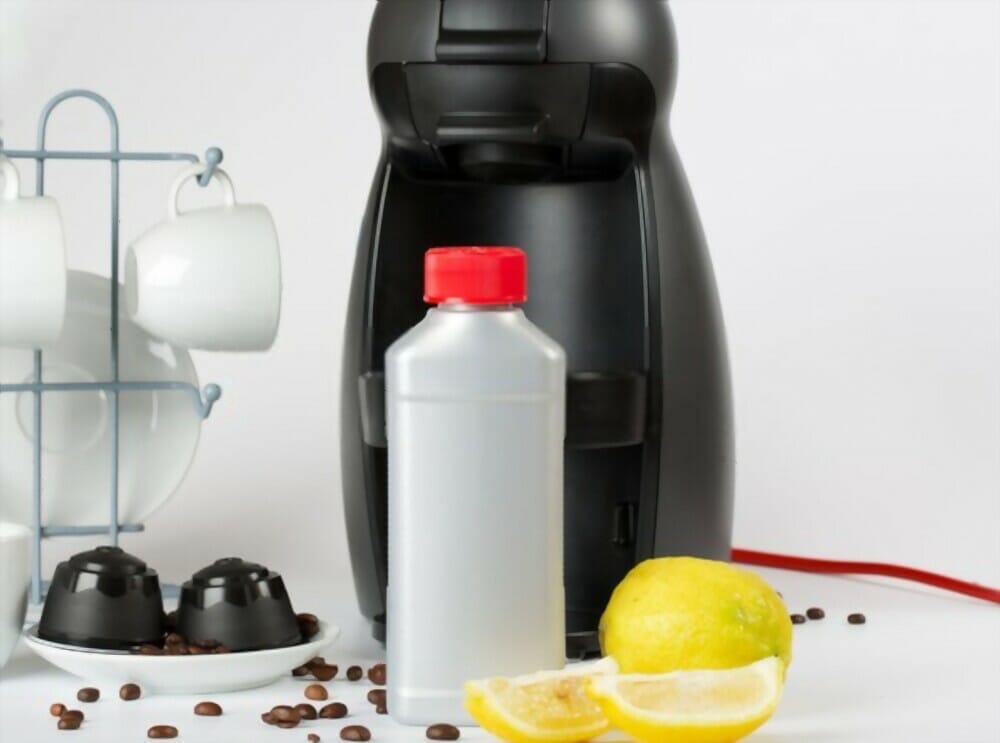
If you know about the different types of cleaning agents, then pick the one that is best suited for your DeLonghi espresso machine.
You should choose a mild one because this will prevent the machine from getting damaged in any way. Lemon juice is a natural cleaning remedy that is mild on the machine and is also a good solution for the descaling process.
Step 2 – Pour It In
Pour in the descaling agent. If you want to use vinegar, fill it with equal parts of white vinegar and clean water.
For a cleaner machine, mix your vinegar and water mixture with hydrogen peroxide instead of plain water. Citric acid is also an old-age remedy that you can use to fix problems in your DeLonghi espresso machine.
Step 3 – Clean It Well
Turn the water tap for a cold water flow and do not allow the machine to stay for more than 15 minutes.
Step 4 – Thoroughly Rinse The Machine
Turn off the DeLonghi espresso machine and check for any signs of leakage. You can use paper towels to absorb any drips if there is any left in your machine after running your descaling solution through it.
You need to fill the pump chamber with warm water and add a little bit of liquid dish soap.
First, clean the machine thoroughly using a brush. Then, wash it well by rinsing everything with plenty of warm water.
Once you finish this, wipe it out or turn off the machine, and then turn the water back on. Let the machine sit for a few minutes before you use it again.You can also put vinegar in the drip tray or filter basket to help prevent spills.
Step 5 – Make Your Espresso

Once you have cleaned the machine thoroughly, preheat the DeLonghi espresso machine with plain water, and then make your espresso.
You can also use hot water and soap to clean your DeLonghi espresso machine. What you need to do is just fill the pump chamber with warm water and add a little bit of liquid dish soap.
Clean the machine thoroughly using a brush. Then, wash it well by rinsing everything with plenty of warm water.
After cleaning, use a kitchen towel or cloth damped with vinegar to wipe out any remaining residue from the machine.
How To Clean The Steam Wand? Can I use any descaler in my Delonghi coffee machine?
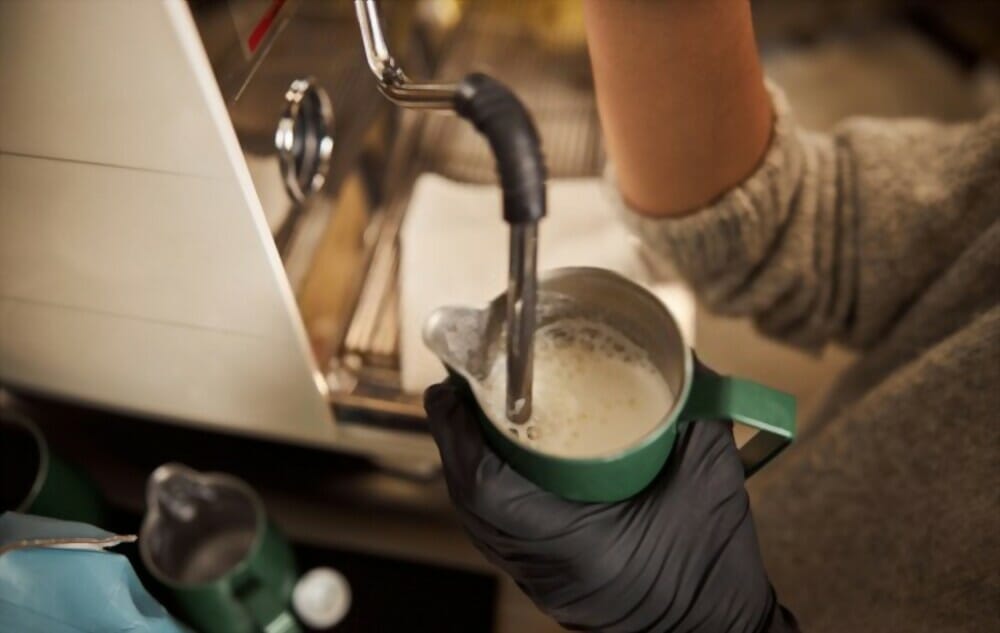
The water wand is the part of the machine that will heat the water for your espresso. When it gets dirty, it can make your coffee taste like burnt vinyl or a bitter aftertaste.
Step 1 – Clean It With Vinegar

First, clean this part by using a brush and some soft cloth-covered paper towels. Then, still using these paper towels, wipe everything off and cover it with distilled white vinegar.
Step 2 – Clean It With Hydrogen Peroxide And Vinegar Solution
After you finish the first step of cleaning, mix vinegar and water solution with the hydrogen peroxide. And then, allow the machine to sit for at least 15 minutes.
You can also use a soft cloth covered in vinegar and a small amount of hydrogen peroxide. Then, wipe off the wand with a soft cloth and allow it to dry completely before using it again.
If you cannot find gentle cleanser remedies at your home, visit your nearest grocery stores and buy one that does not contain bleach.
Do not use any cleaning agents that contain bleach as they can also damage the machine.
To get rid of the vinegar smell, leave the machine for a few hours without using it or fill the water tank with cold water and run it for a few minutes after cleaning it.
How To Clean The Coffee Filters?
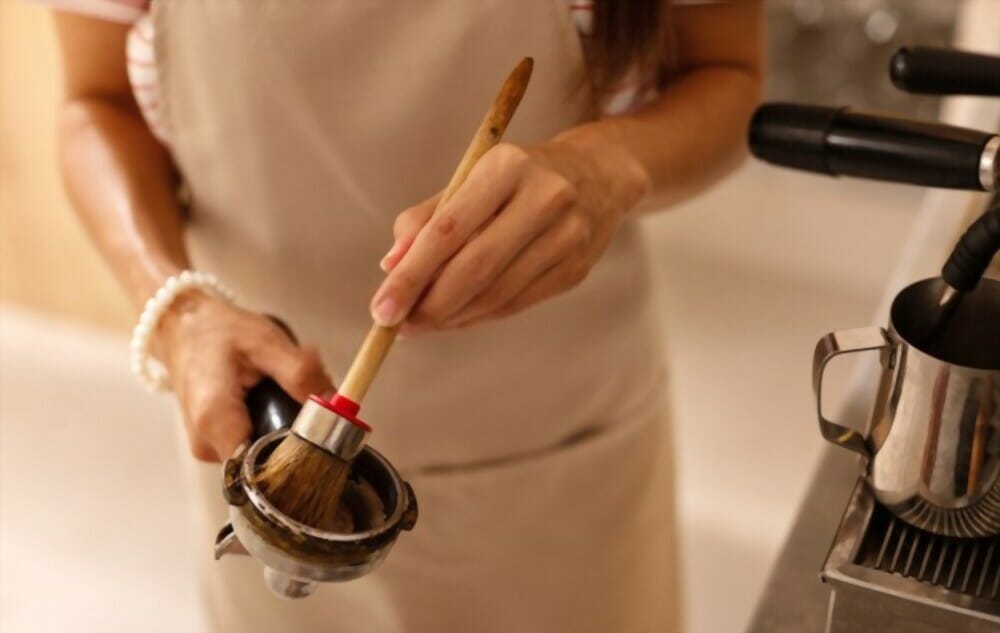
The coffee filters are another part of the machine that you may need to clean periodically. When they get dirty, they can leave a bitter flavour in your coffee.
Step – 1 Clean The Filter Basket
First, make sure that you pour hot water into the filter basket. Then, wipe out the dirty coffee filter with a soft cloth and warm soapy water. Do not use harsh cleansers because they can damage your machine.
After washing, rinse it well with cold water and then let it dry completely before using it again.
Step – 2 Clean The Drip Tray
Dry out any residue left on your coffee maker by wiping it out with paper towels or swabs dipped in vinegar and water solution.
When properly cleaned, your DeLonghi espresso machine will be fit for use, and it will also bring a great taste to your coffee.
How often should you descale a Delonghi coffee machine?
Delonghi espresso machines need to be cleaned regularly and descaled once a year to produce the best coffee.
The time interval between cleaning and descaling can be different depending on your usage.
The machine should be thoroughly cleaned and rinsed with odourless vinegar before every use. Put vinegar in the drip tray or filter basket to prevent coffee spills.
You need to wash it with vinegar, water, and soap after each use.
If you want to avoid calcium deposits on the machine that destroys the pump, descale it once every six months before using it for espresso making.
Can I use vinegar to descale my Delonghi espresso machine?
Yes, it is a good idea to use vinegar to descale your DeLonghi espresso machine if you want to avoid using chemicals.
While vinegar does a fantastic job at removing any mineral deposits and residues left over from prior usages, doesn’t make your coffee taste like vinegar.
What happens if you don’t descale Delonghi?
If you don’t descale the machine, it won’t be able to make you a good cup of coffee, because the pump will cease to work.
Descaling is a very important part of your Delonghi maintenance process and should be done about once every six months or at least once a year.
If you use your machine on a regular basis, then you need to follow this rule. In case of daily espresso making, descale it once monthly.
Is descaling solution better than vinegar?
Vinegar can be an effective alternative for your Delonghi espresso machine as a descaling solution.
It is an inexpensive product and you can easily find it in any supermarket along with your Delonghi espresso machine accessories.
How do you make Delonghi descaling solution?
To make a descaling solution with vinegar, mix two tablespoons of vinegar with 20 ounces of water. Then, pour it into the water tank and run it through the system in the normal way.
What’s the difference between descaling and cleaning?
It is important to know the difference between descaling and cleaning your Delonghi espresso machine.
Descaling is the process of removing mineral deposits in your machine to prevent it from causing any damage to other components.
Cleaning the machine, however, will not remove mineral deposits and residues left over from prior usages by a particular component of the system.
Do I need to descale if I use filtered water?
No, you don’t need to descale your Delonghi espresso machine if you use filtered water in it.
Filtered water can be used in the machine and there will be no damage to the machine.
Why does the descale light stay on DeLonghi?
Descale is the process that removes mineral deposits and residues left over from prior usages by a particular component of the system.
Delonghi descale light is on when this process is in progress.
This means that your machine is still working and it can make you great coffee.
How do I descale without vinegar?
You can use a commercial descaling solution to remove mineral deposits and residues left over from prior usages by a particular component of the system.
Do this once every six months or at least once a year. This way, you will avoid using vinegar in your machine.
If you don’t do it regularly, your machine will fail to make you a good cup of coffee or it may even destroy the pump.
Does it matter what Descaler to use?
It is best to use the specific descaler for Delonghi espresso machines as it doesn’t affect its taste or performance, but vinegar can work well to remove mineral deposits and residues left over from prior usages without affecting the taste of your coffee.
Final Thoughts

Now you are an expert on how to descale your coffee machine!
If you follow the step-by-step guide on descaling your Delonghi espresso machine correctly, you won't face any problem with it in future.
Did you manage to clean your espresso machine properly? Let us know in the comments.
Cheers!


